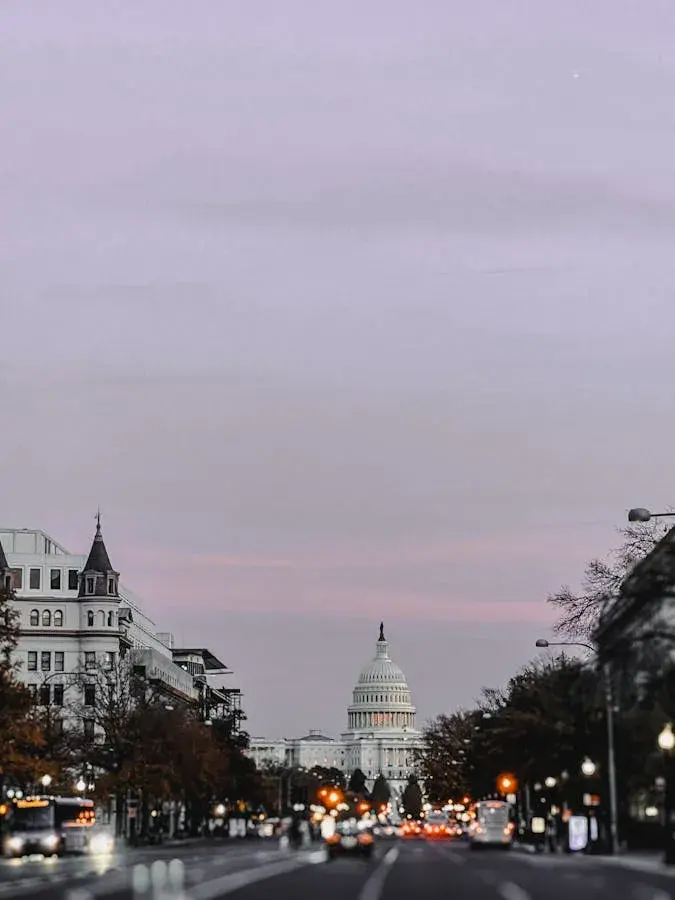How America Can Reform Immigration Without Chaos
Washington is moving on sweeping immigration changes, and the past year shows how quickly policy shifts can ripple from border crossings to boardrooms. The question isn’t whether the U.S. will change its system — it already is — but how to do it in a way that’s orderly, lawful and workable.

What Happened
Since January 2025, the administration has leaned on executive powers while Congress weighs broader legislation. On June 4, 2025, the president signed a proclamation imposing new travel restrictions affecting nationals from 19 countries, with full bans on 12 and partial limits on seven others. June 4 travel ban spanning 19 countries. In September, a separate proclamation introduced a steep new cost for employers seeking skilled workers: $100,000 H-1B fee for new petitions. Both moves sparked immediate legal and political pushback, including an October lawsuit challenging the H-1B fee and, earlier in July, a federal court ruling that blocked a separate attempt to suspend asylum access at the southern border.
Policy Landscape
Even as the White House acted, House leaders advanced a sweeping enforcement-and-spending package. The proposal channels tens of billions into barriers, personnel and detention — a sign that any durable overhaul will require substantial funding for implementation, not just new rules. $150 billion enforcement push in House plan. Agencies have also been directed to begin rulemaking to revise wage levels and re-prioritize high-skill, high-pay admissions in the H‑1B program, signaling more changes ahead even without new statutes.
Why It Matters
Policy set by proclamation can move fast — but it can also whipsaw families, universities and employers, and it tends to be tested swiftly in court. The travel restrictions reshaped itineraries and consular workloads with days’ notice; the H‑1B fee upended hiring plans for sectors that depend on specialized talent. Meanwhile, the asylum ruling underscored how statutory protections limit what any president can do unilaterally. Durable reform needs legal footing, clear timelines and enough capacity at ports of entry, asylum offices, immigration courts and consulates to make the rules work as written.
What’s Next
Key pieces of the agenda now sit before federal judges and regulators. Expect litigation over the H‑1B fee and challenges to how the travel restrictions are applied in practice. On the legislative side, any final deal will have to reconcile tougher enforcement with processing resources and predictable legal pathways — the combination most likely to reduce chaos at the border and confusion in the economy. However the politics shake out, the lesson of 2025 is straightforward: reforms succeed when they are clearly communicated, adequately funded, and anchored in law.
Sources
- Trump reinstates US travel ban, bars citizens of 12 countries — Reuters (June 4, 2025)
- Here are the countries targeted in Trump's new travel ban — Reuters (June 5, 2025)
- Restriction on Entry of Certain Nonimmigrant Workers — The White House (September 19, 2025)
- Trump's $100,000 fee for H‑1B worker visas challenged in lawsuit — Reuters (October 3, 2025)
- Judge blocks order barring asylum access at border and gives administration two weeks to appeal — Associated Press (July 2, 2025)
- House GOP budget adds $150 billion for Trump's immigration enforcement — Washington Post (May 23, 2025)
- Restricting The Entry of Foreign Nationals to Protect the United States from Foreign Terrorists and Other National Security and Public Safety Threats — The White House (June 4, 2025)
- How America Can Reform Immigration Without Chaos — Forbes (November 20, 2025)
You May Also Like
These Related Stories

Why H‑1B Reform Could Power America’s AI And Chip Ambitions

Trump Caps Migrant Work Permits at 18 Months

No Comments Yet
Let us know what you think